The Freemasons are known to have created a great variety of encrypted documents. Can a reader solve this one from the 19th century?
Encrypted documents created by the Freemasons have always played an important role on this blog. Among crypto historians, the Freemasons are best known for the Pigpen cipher, which is sometimes even referred to as the “Freemason alphabet” because of its popularity among Freemasons. The Pigpen cipher is the most popular secret writing in crypto history.
Apart from the Pigpen cipher, the Freemasons used many other encryption systems. Here’s an especially beautiful one:
Sometimes the Freemasons even created books that were completely written in in a code, like the following:
This code is not an encryption in the strict sense. Instead, the words of the original text are abbreviated. A book like this is sometimes referred to as a “Cypher”, which is a little confusing, as “cypher” (or “cipher”) usually has a different meaning in cryptology – it is a synonym of “encryption algorithm”.
A Cypher usually contains Freemasonic ritual descriptions or similar treatises. The Cypher is meant as a mnemoic aid for the reader, who is expected to know the content. For a non-Freemason this abbreviated text is not readable, which is, of course, desired.
While printed Cyphers are quite common, hand-written ones seems to be a lot more rare. Last year, Walter C. Newman from Virginia sent me a scan of one he found on a fleamarket. Here it is:
Via Google I recently found another hand-written Cypher (or at least a page of it). It is displayed on Pinterest. Here it is:
According to the Pinterest page, this is an “Antique 1800’s Hand Written Masonic Cipher Code Book Freemasons Masons Old OOAK”. The picture is taken from eBay, where this Cypher was offered for sale.
As it seems, some of the words in this Cypher are represented by their initial letters, others by their first and last letters. Can a reader decipher this text? Or does a reader know a printed Cypher with the same content?
Follow @KlausSchmeh
Further reading: Ten more uses of the pigpen cipher
Linkedin: https://www.linkedin.com/groups/13501820
Facebook: https://www.facebook.com/groups/763282653806483/

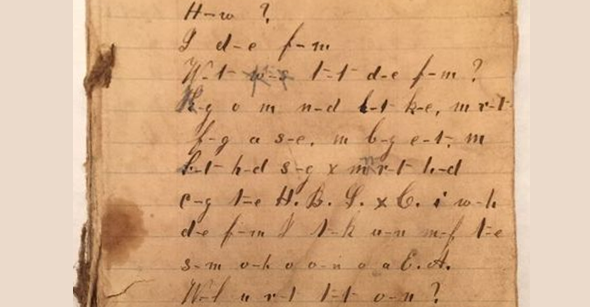

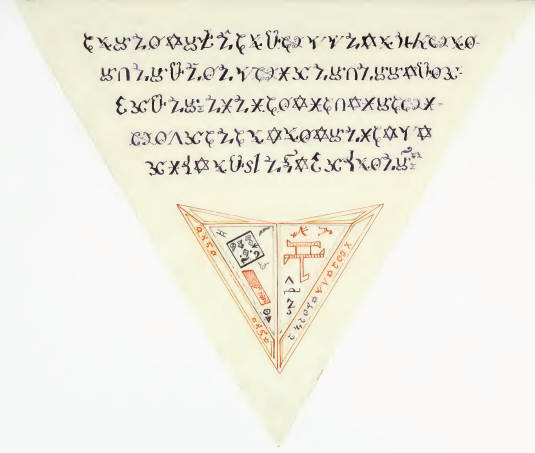
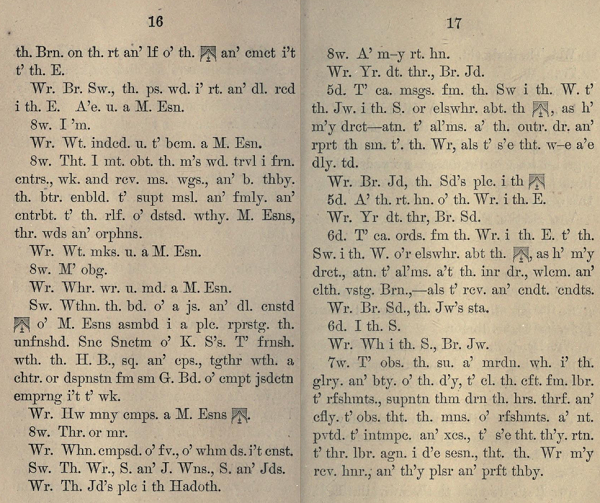
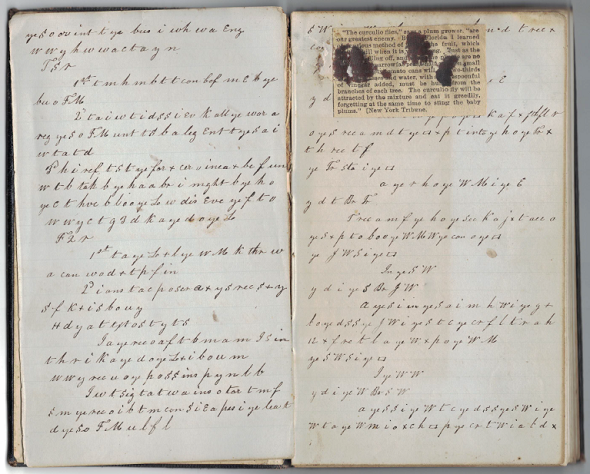
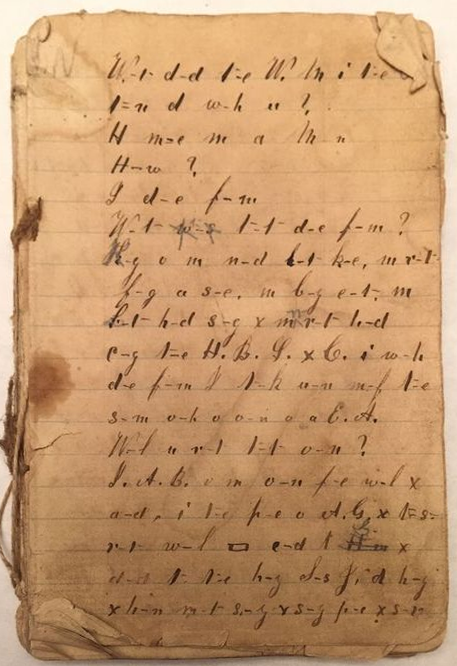

Kommentare (5)